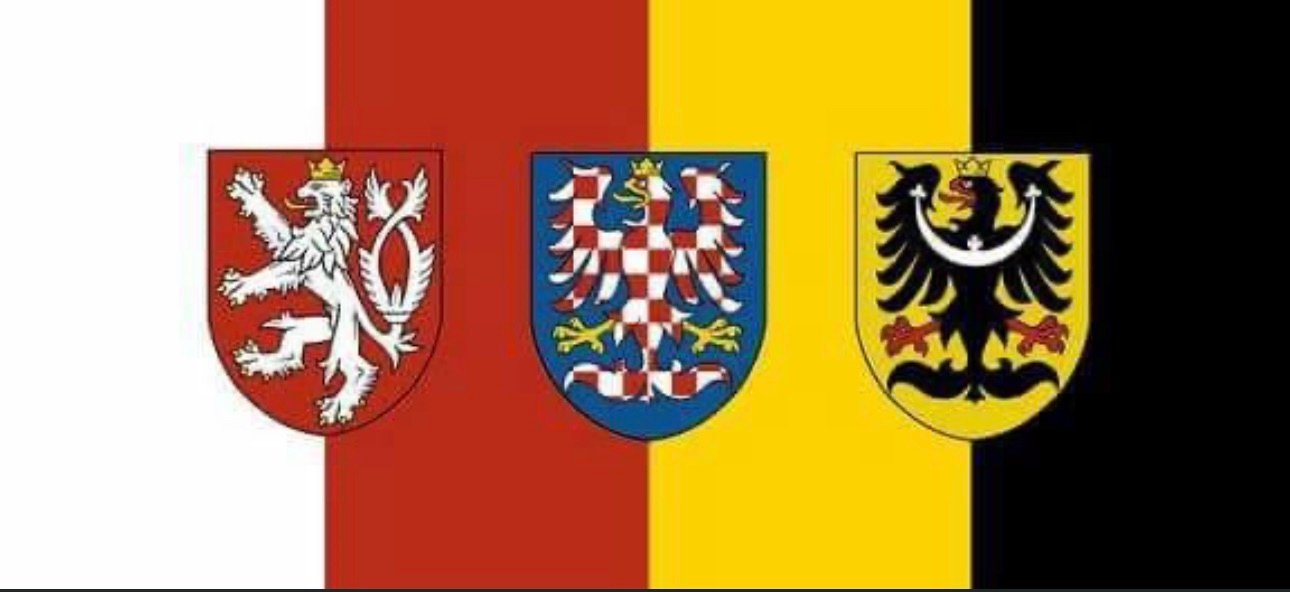
A Direct Line Of My Great Grandparents With Mayflower Pilgrim
It was about two years ago that some people who matched with me told me I am directly related to Mayflower Pilgrim so I did and found at my family tree 4 names which are:Peter Browne,John Cooke,Myles Standish and William White.A three of them are great grandfathers and one great uncle.
Let’s about who they were.
Peter Browne was my 15th great-uncle.Peter Browne(c.1594 – 1633), was a passenger on the historic 1620 voyage of the Mayflower and was a signatory of the Mayflower Compact.
Browne was baptised on 26 January 1594/5 in Dorking, Surrey, England. This was the same home town as other Mayflower passengers – the Mullins family.
Peter Browne was a son of William Browne of Dorking. He had two older siblings, Jane and Thomas, as well as three younger brothers, Samuel, John and James. In or about 1605, when Peter was about ten years of age, his father died and the children may have been sent to family members and friends under apprenticeships. A local weaver probably apprenticed the three youngest sons in that line of work.
Browne may have heard of the proposed Mayflower voyage from his relationship with the Mullins family. William Mullins was a shoe and boot maker in Dorking and was one of Londoners who was later involved in the financial support of the Mayflower voyage. Peter’s sister Jane had married John Hammon in Dorking in 1610 and her mother-in-law, Jane Hammon, had appointed William Mullins as her estate administrator. Also, John Hammon’s sister Susan married Ephraim Bothell, who purchased William Mullins property and home before he and his family boarded the Mayflower.
The relationship between Peter Browne and the Mullins family in Dorking did seem quite close. As a single man of about age twenty-five, and possibly coming from an apprenticeship, he boarded the Mayflower in the company of the Mullins family. But unfortunately these ties were to be broken with the death of William Mullins, his wife Alice and son Joseph soon after arrival in the New World.
The Mayflower departed Plymouth, England on 6/16 September 1620. The small, 100-foot ship had 102 passengers and a crew of about 30-40 in extremely cramped conditions. By the second month out, the ship was being buffeted by strong westerly gales, causing the ship’s timbers to be badly shaken with caulking failing to keep out sea water, and with passengers, even in their berths, lying wet and ill. This, combined with a lack of proper rations and unsanitary conditions for several months, attributed to what would be fatal for many, especially the majority of women and children. On the way there were two deaths, a crew member and a passenger, but the worst was yet to come after arriving at their destination when, in the space of several months, almost half the passengers perished in cold, harsh, unfamiliar New England winter.
On 9/19 November 1620, after about 3 months at sea, including a month of delays in England, they spotted land, which was Cape Cod. And after several days of trying to get south to their planned destination of the Colony of Virginia, strong winter seas forced them to return to the harbor at the Cape Cod hook, where they anchored on 11/21 November. Realizing they were not at the intended destination they determined to bind themselves as a democratically governed and administered colony loyal to England. This document became known as the Mayflower Compact and was signed by all eligible men on behalf of themselves, their families, their fortunes and property. Peter Browne was one of the men who signed the Mayflower Compact.”
John Cooke
John Cooke was my 11th great grandfather and was born in late 1606 or early 1607, and was baptized at the French Walloon church in Leiden, Holland between January and March, 1607.
John spent his early years in Leiden, Holland, and came with his father on the Mayflower in 1620 at the age of about 13 or 14. John was then raised in Plymouth; his mother and sisters came over on the ship Anne in 1623, along with his future wife Sarah Warren. He would marry Sarah, the daughter of Mayflower passenger Richard Warren, in 1634 at Plymouth. They would go on to have five daughters all born in Plymouth over the next twenty years. John would become a deacon in the Plymouth Church, and in 1636, Samuel Eaton (who was still breast-feeding when he came on the Mayflower) was apprenticed to him.
At some point during the late 1640s, John Cooke “fell into the error of Anabaptistry,” and was cast out of the Plymouth Church. The Church record states: “This John Cooke although a shallow man became a cause of trouble and dissension in our Church and gave just occasion of their casting him out; so that Solomon’s words proved true in him that one sinner destroyeth much good.”
John Cooke removed from Plymouth and took up residence in Dartmouth, where he died in 1695. His wife Sarah was still alive in 1696, called “a very ancient woman”; her exact death date was not recorded but it was probably not long after.
Myles Standish (c. 1584 – October 3, 1656) was my 29th great grandfather and also an English military officer hired by the Pilgrims as military adviser for Plymouth Colony. He accompanied them on the Mayflower journey and played a leading role in the administration and defense of Plymouth Colony from its inception. On February 17, 1621, the Plymouth Colony militia elected him as its first commander and continued to re-elect him to that position for the remainder of his life. He served as an agent of Plymouth Colony in England, as assistant governor, and as treasurer of the Colony. He was also one of the first settlers and founders of the town of Duxbury, Massachusetts.
A defining characteristic of Standish’s military leadership was his proclivity for preemptive action which resulted in at least two attacks or small skirmishes against Native Americans in the Nemasket raid and the conflict at Wessagusset Colony. During these actions, Standish exhibited courage and skill as a soldier, but he also demonstrated a brutality that angered the Natives and disturbed more moderate members of the Colony.
One of Standish’s last military actions on behalf of Plymouth Colony was the botched Penobscot expedition in 1635. By the 1640s, he relinquished his role as an active soldier and settled into a quieter life on his Duxbury farm. He was still nominally the commander of the Pilgrim military forces in the growing Colony, although he seems to have preferred to act in an advisory capacity. He died in his home in Duxbury in 1656 at age 72. He supported and defended the Pilgrims’ colony for much of his life, though there is no evidence to suggest that he ever joined their church.
Several towns and military installations have been named for Standish, and monuments have been built in his memory. One of the best known depictions of him in popular culture was the 1858 poem The Courtship of Miles Standish by Henry Wadsworth Longfellow. The highly fictionalized story presents him as a timid romantic. It was extremely popular in the 19th century and played a significant role in cementing the Pilgrim story in American culture.
William White (c. 1580 – February 21, 1621) was my 8th great grandfather and a passenger on the Mayflower. Accompanied by his wife Susanna, son Resolved and two servants, he travelled in 1620 on the historic voyage. He was a signatory to the Mayflower Compact and perished early in the history of Plymouth Colony.
William White came on board the Mayflower with his pregnant wife Susanna, son Resolved, then about five years in age and two servants. Susanna gave birth to their son Peregrine on board the Mayflower several weeks after White signed the Mayflower Compact.
The White family, as recalled by William Bradford in 1651, per their Mayflower voyage, and the birth of Peregrine: “Mr. William White, and Susana, his wife, and one sone, called Resolved, and one borne a ship-bord, called Peregriene; and 2 servants, named William Holbeck and Edward Thomson.”
The Mayflower departed Plymouth, England, September 6/16, 1620. The small, 100-foot ship had 102 passengers and a crew of about 30-40 in extremely cramped conditions. By the second month out, the ship was being buffeted by strong westerly gales, causing the ship’s timbers to be badly shaken with caulking failing to keep out sea water, and with passengers, even in their berths, lying wet and ill. This, combined with a lack of proper rations and unsanitary conditions for several months, attributed to what would be fatal for many, especially the majority of women and children. On the way there were two deaths, a crew member and a passenger, but the worst was yet to come after arriving at their destination when, in the space of several months, almost half the passengers perished in cold, harsh, unfamiliar New England winter.
On November 9/19, 1620, after about 3 months at sea, including a month of delays in England, they spotted land, which was the Cape Cod Hook, now called Provincetown Harbor. After several days of trying to get south to their planned destination of the Colony of Virginia, strong winter seas forced them to return to the harbor at Cape Cod hook, where they anchored on November 11/21. The Mayflower Compact was signed that day.
William White was the eleventh signatory to the Mayflower Compact. His servants William Holbeck and Edward Thompson were not of age and could not sign the Compact.
William White died on February 21, 1621. He was buried in Coles Hill Burial Ground in Plymouth, likely in an unmarked grave as with most from the Mayflower who died that first winter. His name appears on the Pilgrim Memorial Tomb (sarcophagus) on Coles Hill. The date of death of his wife Susanna, who became the second wife of Edward Winslow, is uncertain. She was buried in the Winslow Cemetery, Marshfield, as were her sons Resolved and Peregrine and their families. Edward Winslow died on a British military expedition in the Caribbean in 1655 and was buried at sea.
The American national holiday, Thanksgiving, originated from the first Thanksgiving feast held by the Pilgrims in 1621, a prayer event and dinner to mark the first harvest of the Mayflower settlers.
The Pilgrims were the English settlers who came to North America on the Mayflower and established the Plymouth Colony in what is today Plymouth, Massachusetts, named after the final departure port of Plymouth, Devon. Their leadership came from the religious congregations of Brownists, or Separatist Puritans, who had fled religious persecution in England for the tolerance of 17th-century Holland in the Netherlands.

